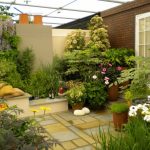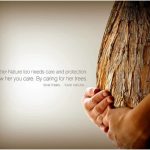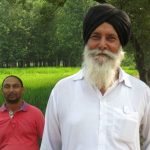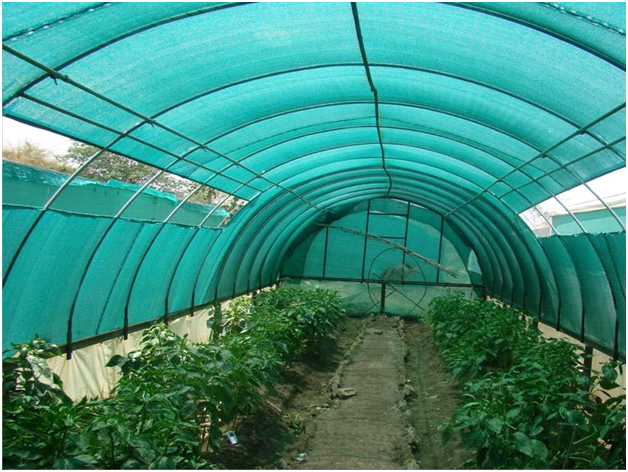
Wednesday, March 9, 2016
What is shade net?
Shade net is a lightweight knitted polyethylene fabric that provides plants and people with protection from the sun. Shade cloth fabric is available in densities ranging from 50% to 90% to suit the unique needs of different types of plants, flowers and crops. It can be used with greenhouses, hoop structures and in field applications. Additional uses include fences, windscreens and privacy barriers. Shade material is rot and mildew resistant, does not become brittle and is water permeable. It offers superior ventilation, improves light diffusion and keeps greenhouses cooler. As a result, shade cloth can help to lower energy costs by reducing the need to run fans as often in the warmer months. Installing shade net is quick and easy as is taking it down during the off-peak season.
What is reflective shade and how is it beneficial in my greenhouse?
Reflective shade helps create an optimum growing climate because it reflects the sun’s radiation rather than absorbing it. Reflective shade assists in controlling the light, temperature and humidity balance. Reflective shade screens are also energy-saving. Excellent climate characteristics include low daytime temperature due to maximum reflection and high energy savings at night, which keeps crop temperature close to ambient.
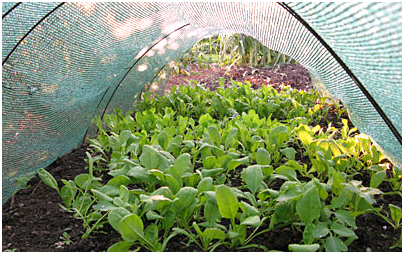
What is the difference between standard shade net and reflective shade net?
Standard shade net is an affordable, extremely durable means of protecting plants and crops from direct sunlight. Shade net is placed on the exterior roof of a greenhouse, cold frame or high tunnel where it blocks a percentage of light from penetrating the building, hence keeping plants more comfortable. This type of shade material is appropriate for general gardening, farming and greenhouse applications and is widely used in the commercial farming and gardening industry
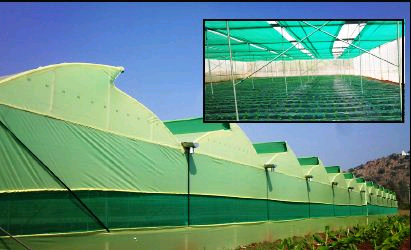
Which shade material should I use?
You can use shad net material according to your crop. Those shade material helps protect livestock, pets, plants, and people from direct sunlight and also works well as a privacy barrier or windscreen. Experience has shown that growers use mostly 50% to 60% density, with the high densities of 70% to 80% used in southern states and for light-sensitive plants in northern states.
Many people find that using a high density shade on roofs and a lower density shade on walls is a good method for creating ideal shade conditions. Vegetable gardeners should check with their local University Agricultural Extension office to determine the shade cloth density that is appropriate for both the climate and plant variety.
What does the shade percentage mean in relation to the shade material?
Shade density is determined by the percentage of light blocked by the shade. For example, the definition of 80% shade is that only 20% of light passes through it. A shade percentage of 30 to 50% is ideal for vegetables, while 80 to 90% is ideal for protecting people.
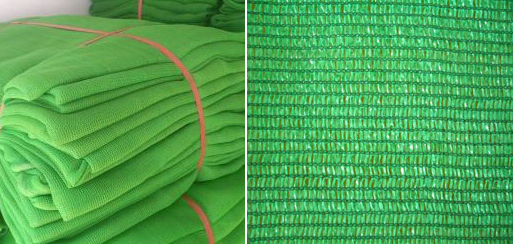
Advantages of shade net:
- Do not get Decay
- It is easy to wash
- Nets are easy to carry and easy to install
- Lightweight and can be relocated
- A shade percentage of 30-50% is ideal for vegetables and flowers.
- Ideal for gardens, plant nurseries, Home terrace gardening.
- Minimizes plant hassle and wind pressures to avoid damage to plants, enhances photosynthesis to stimulate plant growth.

